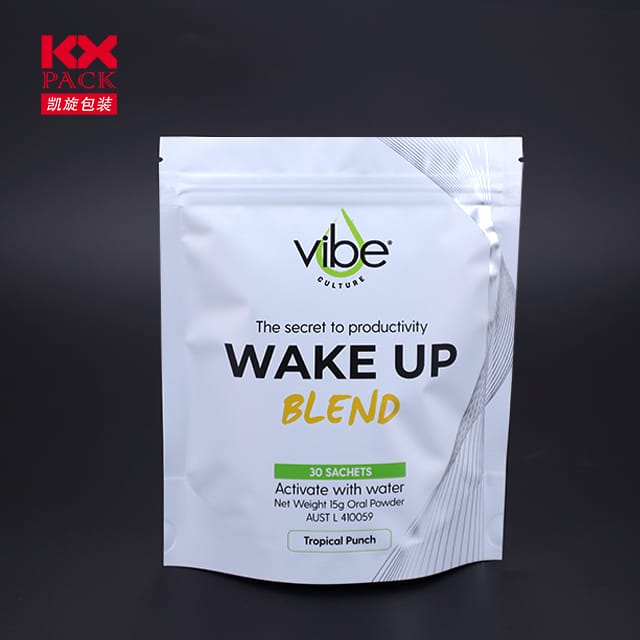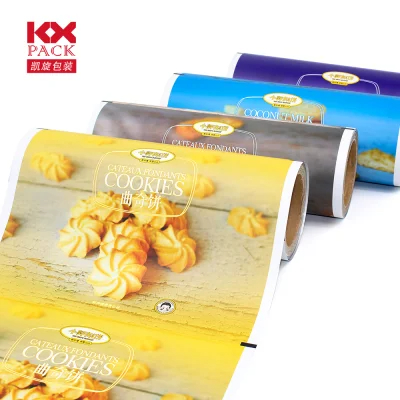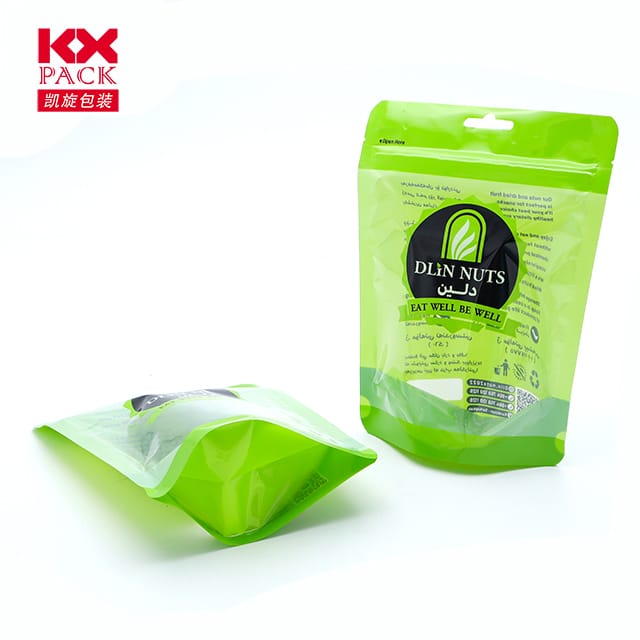Περιτύλιγμα ταινιών τροφίμων: Ο αφανής ήρωας της αποδοτικότητας και της βιωσιμότητας της κουζίνας
Περιτύλιγμα ταινιών τροφίμων
In kitchens worldwide, ένας διαφανής, Ο προσκολλημένος ήρωας διατηρεί ήσυχα τη φρεσκάδα, αποτρέπει τα απόβλητα, και προσαρμόζεται στις σύγχρονες απαιτήσεις βιωσιμότητας: Περιτύλιγμα ταινιών τροφίμων (Επίσης γνωστό ως πλαστικό περιτύλιγμα ή φιλμ προσκόλλησης). Αυτό το ταπεινό βασικό στοιχείο της κουζίνας εξελίχθηκε από ένα εργαλείο ευκολίας σε ένα σύμβολο της καινοτομίας και της διαμάχης - καθώς ισορροπούμε την πρακτικότητα με την περιβαλλοντική ευθύνη. Let’s unravel the story of food film wrap, its role in daily life, and its future in a greener world.
The Origins: From Military Tech to Kitchen Drawer
Food film wrap’s journey began in the 1930s when a lab accident during cellophane production led to the discovery of polyvinylidene chloride (Pvdc), a stretchy, moisture-resistant material. Initially used for military packaging, it entered civilian kitchens post-WWII asSaran Wrap, revolutionizing food storage. Its ability to create an airtight seal against containers and surfaces made it a must-have for busy households.
Με την πάροδο του χρόνου, manufacturers introduced alternatives like polyethylene (Π.Ε) and biodegradable films, catering to eco-conscious consumers. Σήμερα, food film wrap is no longer just a single-use plastic—it’s a category of solutions designed for versatility and sustainability.
Why We Love It: The Practical Perks
- Freshness Preservation: By blocking air and moisture, food film wrap extends the shelf life of leftovers, fruits, and cheeses, μείωση της σπατάλης τροφίμων (and grocery bills).
- Hygiene Hero: It acts as a barrier against bacteria and odors, keeping refrigerators clean and cross-contamination at bay.
- Versatility Unmatched: From wrapping sandwiches for lunchboxes to covering dough during proofing, its clingy nature molds to any shape.
- Space-Saving: Unlike bulky containers, film wrap flattens easily, optimizing fridge and pantry space.
The Environmental Dilemma: Ευκολία εναντίον. Planet
Despite its benefits, traditional food film wrap has a dark side. Most varieties are non-recyclable and take centuries to decompose, contributing to plastic pollution in oceans and landfills. Single-use plastics, including film wrap, face growing scrutiny as governments and consumers demand eco-friendly alternatives.
This has sparked innovation:
- Βιοαποικοδομήσιμες ταινίες: Κατασκευασμένο από φυτικά υλικά όπως το άμυλο καλαμποκιού, these break down in compost within months.
- Επαναχρησιμοποιήσιμες επιλογές: Silicone food covers, περιτυλίγματα κεραμιδιών, and fabric bowl covers offer durable, washable alternatives.
- Εδώδιμες ταινίες: Researchers are developing edible coatings from seaweed or starch to wrap produce directly.
Το μέλλον: Εξυπνος, Ανεκτός, and Circular
The next generation of food film wrap aims to merge functionality with planetary health:
- Έξυπνες ταινίες: Embedded with sensors to detect food spoilage or release natural preservatives.
- Circular Design: Films made from recycled plastics or designed for easy recycling.
- Zero-Waste Kitchens: Brands are promoting “refill stations” for bulk film rolls to cut packaging waste.
How to Make Smarter Choices Today
While the industry adapts, consumers can take action:
- Opt for Reusables: Invest in silicone lids or beeswax wraps for daily use.
- Ανακυκλώνω σωστά: Check local guidelines—some areas accept clean, dry PE film at grocery drop-off points.
- Μειώστε τη χρήση: Store leftovers in glass containers or mason jars instead.
- Support Innovation: Choose brands experimenting with biodegradable or compostable options.
συμπέρασμα: A Tool in Transition
Food film wrap’s story mirrors our broader struggle with plastic. Once a symbol of modern convenience, it now represents the urgent need for sustainable innovation. While alternatives gain traction, traditional film wrap still plays a role in reducing food waste—a critical step in fighting climate change.
The key lies in mindful consumption: using film wrap only when necessary, opting for eco-friendly versions, and advocating for systemic change. Παρά όλα αυτά, preserving food shouldn’t come at the cost of preserving our planet.
What’s your go-to food storage hack? Share your tips (or favorite reusable wrap brands) in the comments below!
Λέξεις -κλειδιά: Περιτύλιγμα ταινιών τροφίμων, sustainable kitchen, plastic waste, biodegradable cling film, συντήρηση τροφίμων







